Twentieth century history captured through the lens of a photojournalist
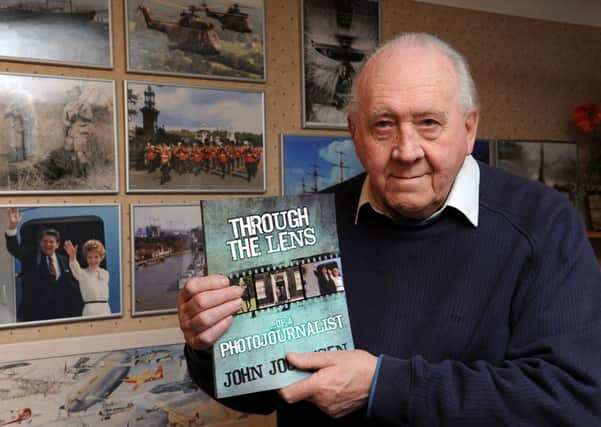

‘Through The Lens Of A Photojournalist’ is an anthology of 120 photographs selected from the thousands John shot on pre-digital technology for Fleet Street, the government and commercial clients in the UK and abroad.
It captures the social, political and scientific advances that defined the second half of the 20th Century, constituting a unique historical reference.
Advertisement
Hide AdAdvertisement
Hide AdBut it is also testament to the changing nature of his profession, from passive witness to paparazzi, over the last 50 years.
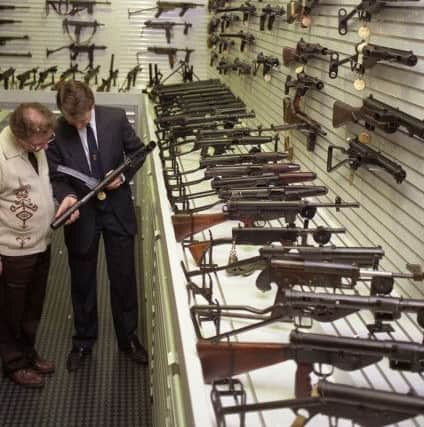

It was in February 1952 that John, then just 22, found himself standing with two other photographers outside the Royal Sagana Lodge in Kenya, minutes after Princess Elizabeth received news of her father King George VI’s death. But respecting her wishes not to take pictures of her first moments as Queen they laid their cameras in the dust and watched her drive away.
“I am possibly one of the only press still alive who first saw her as queen that morning,” John said, “and I have been asked many times since whether that kind of respect would be given today. My reply has always been, sadly no. It’s the picture that got away.”
Published in large-format, the images cover John’s time working for the Colonial Office, the Central Office of Information, News of the World, the UK Atomic Energy Authority, and the Ministry of Defence, during which he gained privileged access to top-secret installations.
Advertisement
Hide AdAdvertisement
Hide AdIn Nottingham, John was permitted to take pictures at an installation known as The Pattern Room - a special facility which houses one of every hand gun manufactured throughout the world.
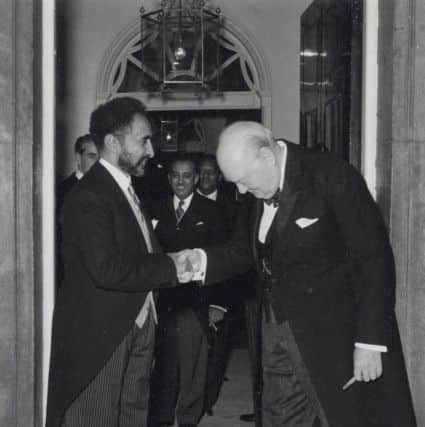

Working for the Government’s now defunct Central Office of Information John photographed countless world leaders and members of royalty, from Soviet premiers Khrushnev and Bulganin, to US Presidents Jimmy Carter and Ronald Regan.
However, the image that adorns his own living room wall is that of Winston Churchill bidding farewell to Haile Selassie on the steps of Number 10 Downing Street, in 1954.
What makes the picture so captivating is Churchill’s demeanour, his head bent in deference to the Emperor of Ethiopia.
Advertisement
Hide AdAdvertisement
Hide Ad“When I took the picture, I just took the picture, just the one,” said John, who had accompanied the African regent on a three week tour of Britain.


“It was only when I saw it later that I realised how different it was of Churchill - but of course the cigar was still there in his left hand if you look closely.
“Churchill is definitely bowing and Selassie standing so high.”
John’s role with Central Office of Information saw him shadow the King of Jordan and the Shah of Persia on similar state visits, while his work with the Colonial Office lead him to explore much of Africa, recording the fading remnants of the British Empire as he went.
Advertisement
Hide AdAdvertisement
Hide Ad‘Through the Lens of a Photojournalist’ opens onto a striking photograph of a Sergeant-Major of the Kings African Rifles, taken by John in Nairobi, Kenya, in 1952.
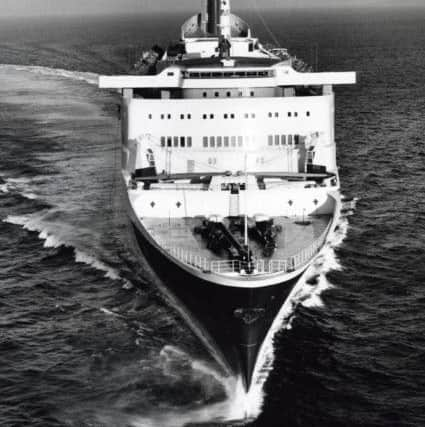

At first glance he appears a tribal chieftain, his powerful physique exuding pride - but upon closer inspection the British regimental badge clearly adorns his right arm while his sergeant-major’s swagger stick protrudes from his left side.
From the 1960s onwards John established his own studio in London after going freelance but continued to work for government departments while winning coveted commercial contracts.
He documented the building of the QE2 for Cunard over five years, and nearly came a cropper in his own words while photographing the cruise liner’s speed trials off the Isle of Arran.
Advertisement
Hide AdAdvertisement
Hide AdJohn had insisted on a helicopter to gain the best vantage point at sea. They were hovering just feet above the water when the QE2 turned at full clip, its bow nearly running them down as the ship surged at them head on.
“The pilot rose up as the ship came towards us, but we could still not be seen by the bridge because the bow was in the way, and I didn’t really realise it at the time but we only just cleared the top of that,” exclaimed John pointing to the QE2’s central antenna and funnel behind.
“It was a close run thing.”
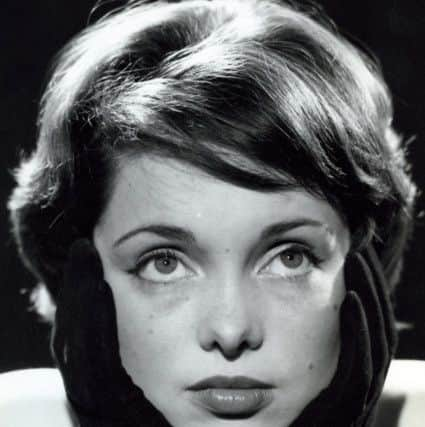

But as a consummate professional, he had taken the perfect shot regardless, with the graceful liner’s curves caught head on in full motion, its creamy wake curling behind its hulk.
Danger was part and parcel of many an assignment - from dangling out of the back of Hercules transport planes to shoot fighter jets in flight, to perching aloft nuclear power station cooling towers while capturing the dawn of Britain’s nuclear energy age for the International Atomic Energy Agency.
Advertisement
Hide AdAdvertisement
Hide AdJohn, who has volunteered for Sussex Police for the past 16 years at Southwater Police Station, revealed he has been shot at three times during his life.
First, as a youth walking to school when a German Messerschmitt pilot stitched bullets into the pavement around him, then later in Kenya when the Mau Mau shot at him, and again in British Melaya when Chinese terrorists started a fire fight.
John admitted he neglected his duties as a photographer on this occasion - he was too busy ‘digging a hole with his nose in the mud’ beneath him while bullets ‘buzzed like bees’ all about him.
“You think you know the best way to photograph something but it can turn into the most nail-biting experience.”
Advertisement
Hide AdAdvertisement
Hide AdIt was while balanced on the jib of a crane hundreds of feet up that John developed vertigo, despite years of working at heights. It took an hour to coax him back to the safety of terra firma, and even now, television images showing big drops send a shiver down his spine.
But John is blessed with the memories from a career he adored, and which still astounds him.
“I loved it, I loved it,” he said, reflecting on the privileged positions he held, capturing moments in time that more than 50 years later provide enlightening and fascinating windows into the social, political and industrial history of the post-war twentieth century.
‘Through the Lens of a Photojournalist’ by John Jochimsen is published by MX Publishing, priced £24.99.